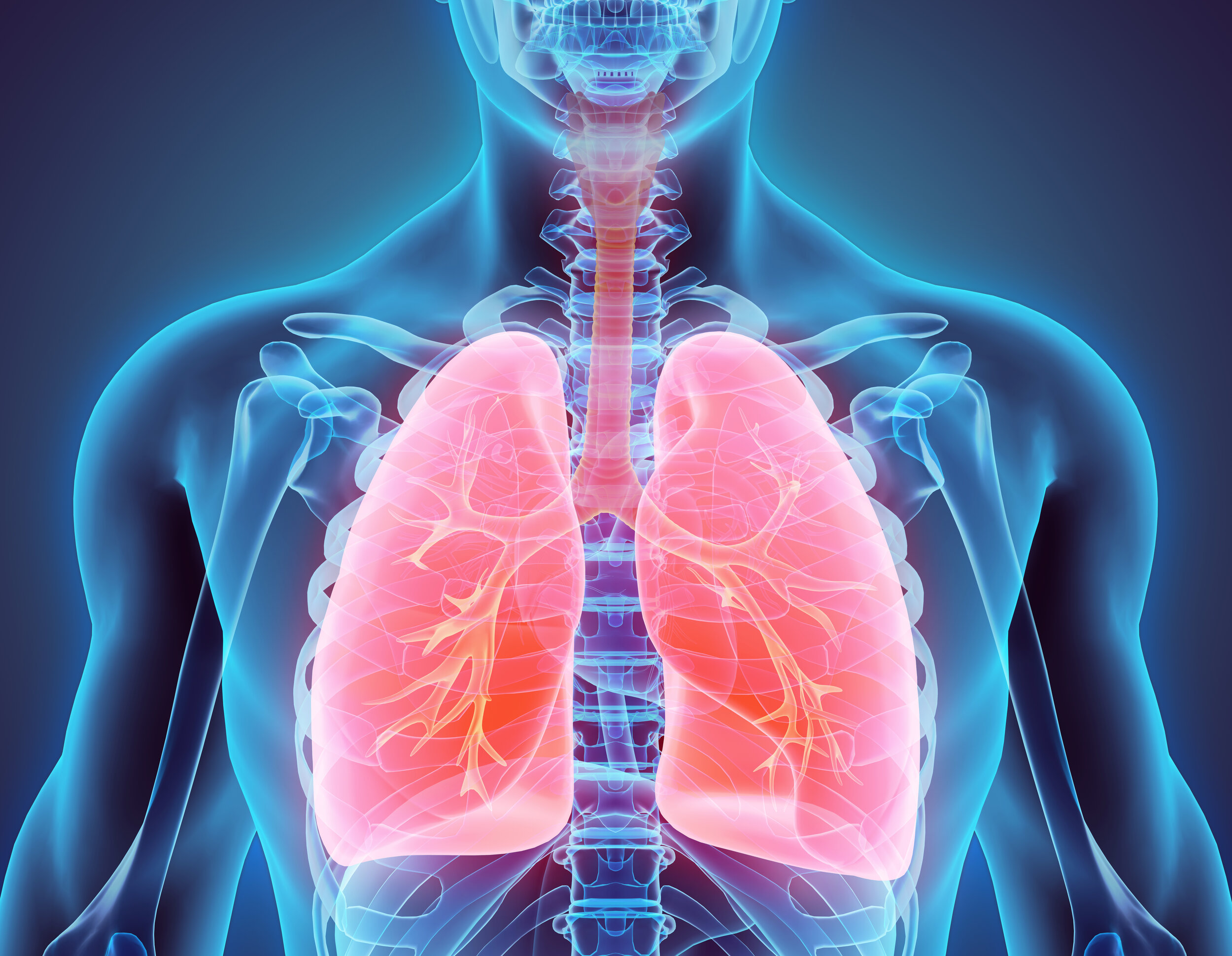The advent of winter in India might be a welcoming change and a respite in heat, but it also brings with it, one of India’s biggest problems, pollution. Come winter, and the erratic weather fluctuations bring with it a tsunami of respiratory ailments in both adults and children. While the weather is of course a factor, even worse is the pollution with inferior standards of air quality filling every Indian lung with contaminants and toxins, perfect for lung conditions like COPD. How exactly do we combat such an onslaught on the very mechanism that helps us breather? We improve it of course, like these 10 ways to improve lung capacity.
Air Pollution in India Has Increased in 2023
In November, New Delhi recorded an AQI (Air Quality Index) of 415 on a scale of 500. The city notorious for winter fog topped a real-time list of the world’s most polluted cities compiled by Swiss group IQAir. The figure is an alarming one if you look at last year’s figure in December 2022 which featured an average of 332 AQI, proving how air quality is deteriorating every year. Based on trends, India’s pollution woes via vehcile emissions, stubble burning, climate change and industrial emissions are all set to increase in 2023 which doesn’t bode well for our lungs. According to IQAir, the forecasted pollution level in Bengaluru is moderate, but it is still 4.4 times higher than the WHO air quality guideline values. There are several remedies you can take to prevent your lungs being affected by pollution, and lung capacity is one of them.
The Benefits of Improving Lung Capacity

Besides supplying your body with oxygen and eliminating carbon dioxide, your lungs also play a role in your immune system. Breathing in germs from pollutants leads to inflammation and infections, that make you ill. It is your lungs that prevent these toxins from getting into your body by capturing them with mucus which lines the airways of your lungs. Little hairs called cilia then expels the mucus out of your lungs and into your throat where it is either swallowed or coughed up. Improving lung capacity ensures your lungs are working well and healthy. Moreover, improving your lungs can also prolong the age-related deterioration of your lungs air intake capacity.
Ten Ways to Improve Your Lung Capacity
1. Breathing Exercises
Breathing exercises give your lungs a work out to improve the oxygen levels by helping to pump removing old oxygen and replacing with fresh oxygen. The most common exercises recommended are:
- · Diaphragmatic Breathing : Diaphragmatic breathing is a technique of belly breathing for calming your body when a tight sensation is felt around the chest during sitting or lying down. Practice diaphragmatic breathing to engage your diaphragm and use your lungs to their full capacity. Inhale deeply through your nose, expanding your diaphragm and allowing your abdomen to rise. Exhale slowly through your mouth. Perform this exercise from 4 – 10 mins till your breathing returns to its usual rhythm.
- · Pursed Lip Breathing: This technique involves inhaling through your nose for two counts and exhaling through pursed lips for four counts. It helps improve the efficiency of breathing and increases the amount of oxygen that reaches your lungs. Keep your lips pursed as if about to whistle and exhale out. Try exhaling double the quantity you inhale.
Both these exercises are good for problems like breathing difficulties associated with COPD and asthma.
2. Interval Training
An alternate way to efficiently work out your lungs is by including interval training in your workout routine. This involves alternating between short bursts of intense activity and periods of rest or lower-intensity exercise. Interval training can improve cardiovascular fitness and lung capacity. Try brisk walking at a quick pace for 1 minute and then switch to a slow walk for 2 minutes. The same concept can even be applied when you use a cycle for working out. The constant switching from a fast-paced exercise to a low intensive movement helps the body to recover while working out your lungs to maximum extent.
3. Quit Smoking
Smoking causes permanent damage to your lungs. Moreover, smoking also puts you at risk of other types of cancer like colon, bladder, and liver cancer. To help you drop the habit, you could consider counselling, or consulting a medical professional who can provide you a customized treatment plan that will help you quit.
4. Practice Singing
It may sound funny to sing your lungs out, but there are many benefits which help in making your lungs stronger. There are famous interventions which use this method for treating respiratory diseases like COPD, asthma, etc. According to one study, it was discovered how singing helped people with COPD increase their oxygen levels and reduce labored breathing. There is an interconnection between breathing and singing, so when you carry a tune, your diaphragm, rib cage, lungs other parts get actively engaged in respiration.
5. Engage in Physical Activities
Physical activity is one of the fundamental ways to be healthy. Several national health organizations recommend at least 150 minutes of movement a week. Vigorous heart pumping activity exerts your heart and lungs to work harder, but exercising and working out regularly builds up tolerance and lung capacity. Engage in regular aerobic exercises such as running, swimming, cycling, or brisk walking. These activities strengthen your cardiovascular system and increase lung capacity.
6. Breathing Exercises for Respiratory Muscles
Use resistance devices, like a spirometer, to perform breathing exercises that strengthen the muscles used for breathing. These exercises can be particularly beneficial for individuals recovering from surgery or respiratory conditions. Yoga and Tai-chi are also excellent for lung health.
7.Lung Exercises
Incorporate specific lung exercises into your routine, such as inspiratory muscle training. This involves using devices that provide resistance during inhalation, helping to strengthen the muscles involved in breathing.
8. Pulmonary Rehabilitation
If you are currently suffering a respiratory condition, you should seek medical intervention. There are cases where asthma can develop into chronic bronchitis and other respiratory conditions difficult to cure. If there’s no probable cure for asthma, doctors can recommend treatment solutions for tackling the symptoms.
9. Improve Your Diet
What you eat impacts your general wellbeing. Shifting to a balanced diet is good for your body, including your lungs. Some foods that can support healthy lung function include:
- Turmeric
- Beets and beet greens
- Pumpkin
- Peppers
- Apples
- Blueberries and strawberries
- Dark leafy greens,
- Fatty fish
- Peppers, tomatoes, olive oil
10. Boost Lung Health
Respiration issues can cause problems in life. Your lungs require special care and the best way to improve lung capacity is by maintaining them through the suggestions you’ve read here. If you have a history with respiratory conditions, it is recommended to consult the doctor before performing intensive exercises for increasing lung capacity.
11. Maintain a Healthy Weight
Being overweight can place additional strain on your respiratory system. Maintaining a healthy weight through a balanced diet and regular exercise can positively impact lung capacity.
12. Stay Hydrated
Proper hydration helps maintain the elasticity of lung tissue. Drink an adequate amount of water throughout the day to support overall lung health.

Before starting any new exercise or breathing regimen, especially if you have pre-existing health conditions, it’s advisable to consult with a healthcare professional or a fitness expert to ensure that the activities are safe and appropriate for your individual circumstances.

